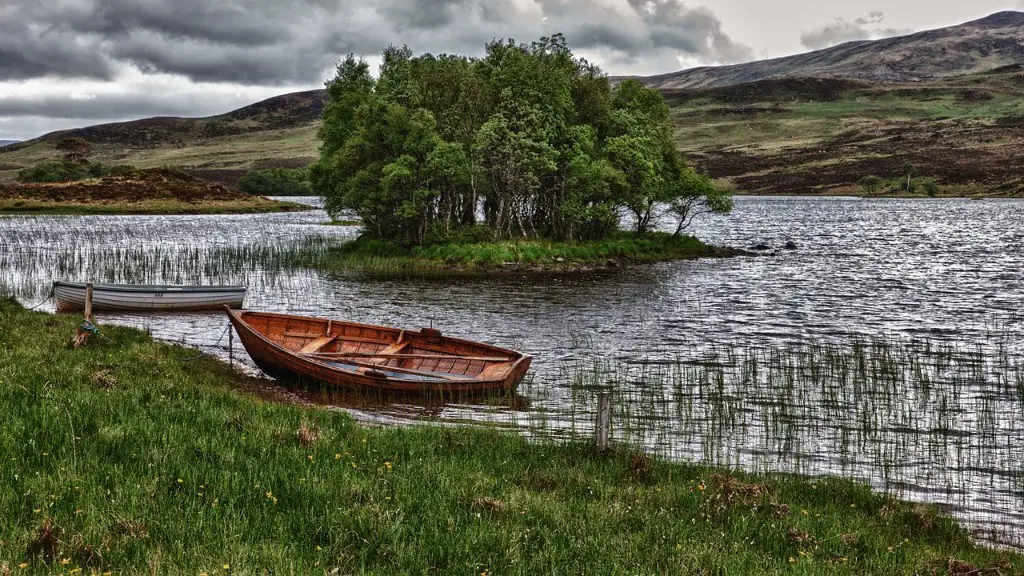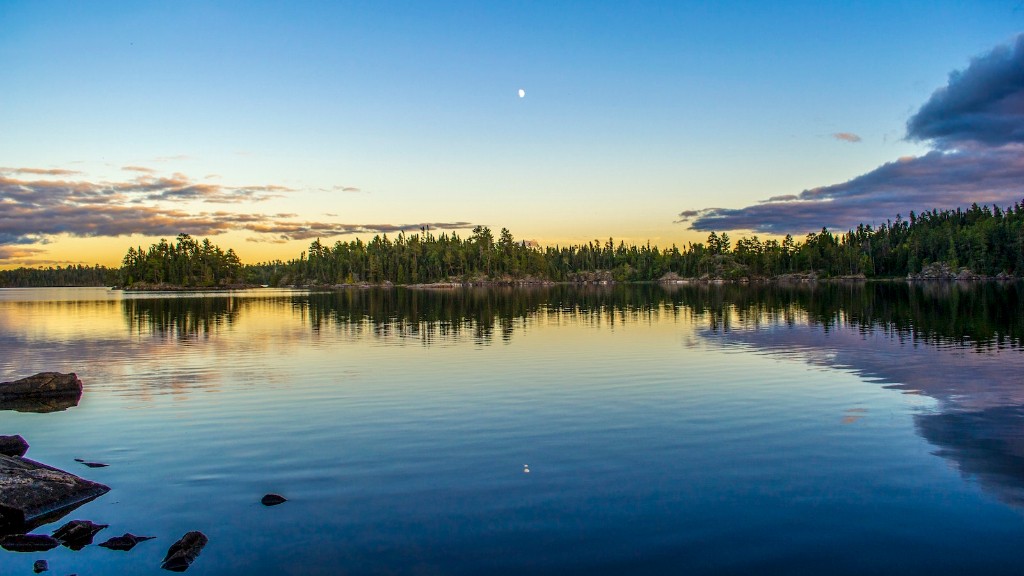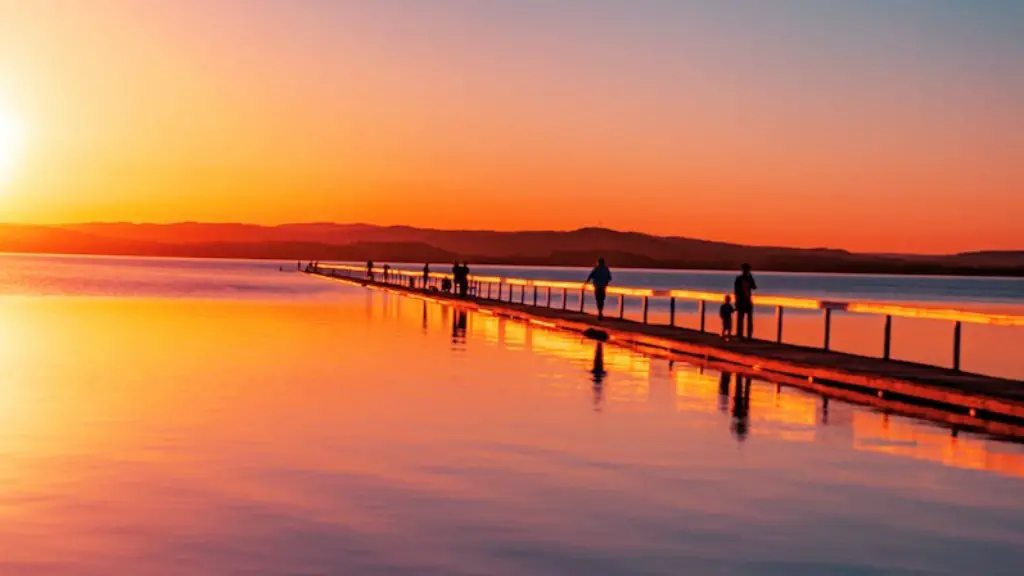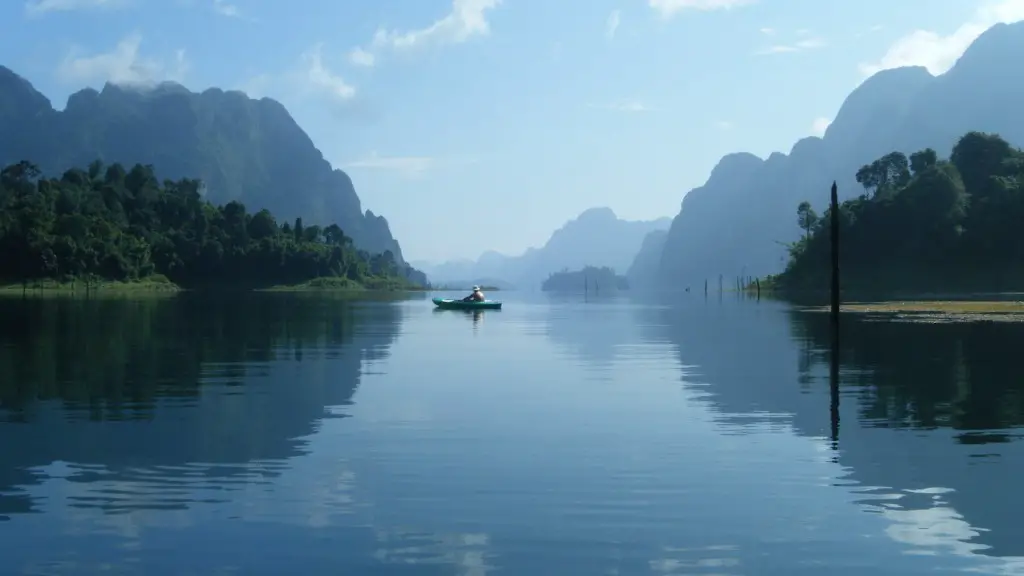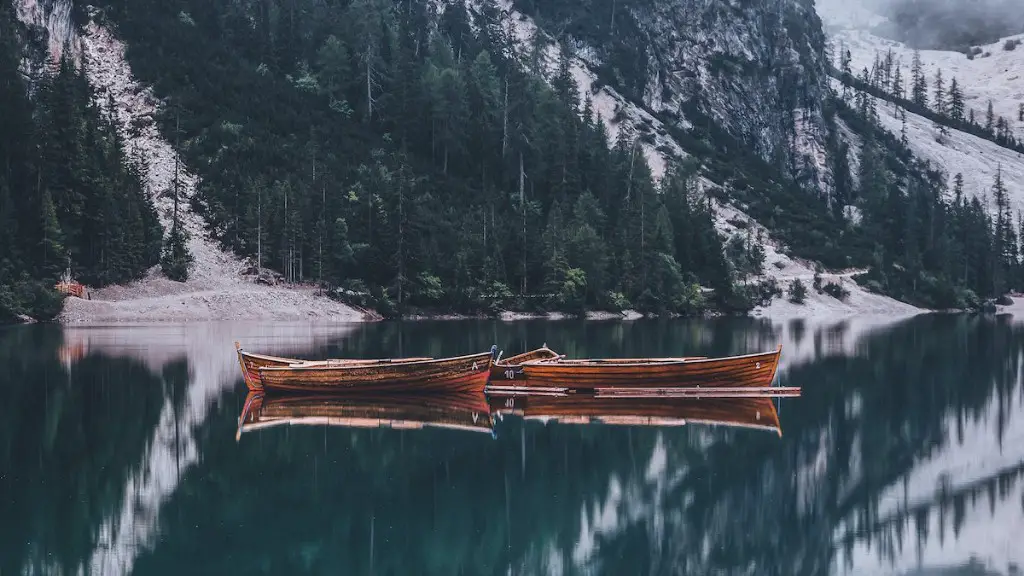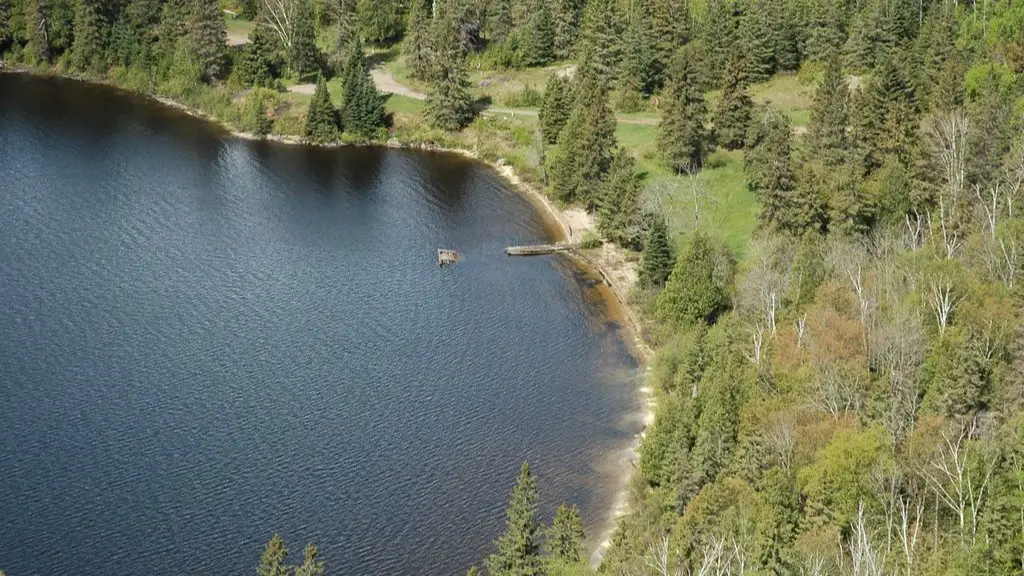Lake Superior is the largest and most beautiful of the five Great Lakes of North America. Our mighty Lake Superior is located in Michigan, Minnesota, Wisconsin and the Canadian province of Ontario.
At a jaw-dropping 31,700 square miles, it’s the largest surface freshwater lake in the world and the second-largest freshwater lake after Lake Baikal, situated in the eastern Siberia. Even so, its amazing size doesn’t really justify the unique feeling one has upon first observing it, or explaining why it’s so revered and famed.
Lake Superior is around 600 feet (180 meters) deep at its greatest point and 240 miles (386 kilometers) at its longest, with a total shoreline of 1,900 miles (3,000 km). Surrounded by forests and rivers, the giant lake connects to the Atlantic Ocean via Lake Huron, the St. Mary’s River and the Straits of Mackinac.
The lake is a critical economic resource for the Great Lakes region, generating electricity, water surface transportation, and water-based recreation. Tourism is a major part of the economy for many of the communities along the shores of Lake Superior.
For many people, one of the most exciting aspects of the lake is the fact that there are hundreds of islands scattered throughout it – 31 of which are owned by the state of Michigan alone. Beautiful islands visible only in southern regions, whereas those in the north, near Thunder Bay, are very rocky and rugged.
Thanks in part to its amazing size, Lake Superior is home to a wide variety of fish species, including lake trout, whitefish, smallmouth bass, and yellow perch. Recreational anglers take advantage of this incredible variety and its abundance of natural beauty which attracts swimmers, kayakers, and other outdoor enthusiasts.
If you’re visiting Wisconsin or Minnesota, one of the best ways to experience the lake is to take a boat trip. In addition to the obvious views of the lake and its islands, you’ll get an up close and personal perspective of the largest freshwater lake in the world.
Native American History Around Lake Superior
Lake Superior has a very rich history and was an important trade route for many Native American tribes. It’s believed that pre-colonial mining activities around the lake started over 1,000 years ago and many Ojibwe heritage sites still remain today along with Ojibwe stories and folktales about Lake Superior.
The Anishinaabe peoples are well known for their connection to the lake and their ongoing relationships with their lands around it. This includes their long-held traditions of gathering wild rice, harvesting maple syrup and fishing.
The Ojibwe and the Cree are two of the largest tribes located in the western part of Lake Superior, and the Red Cliff and Bad River bands of the Ojibwe have been present in the area for centuries. These tribes rely on the lake for economic opportunities, cultural and ceremonial practices and traditional spiritual beliefs.
Today, tribal members carry on the traditions of their ancestors, working to preserve the natural environment, raise awareness and educate people about the lake and its importance to their culture.
Pollution within Lake Superior
The lake is perhaps best known as the cleanest and most pristine of the Great Lakes, but it’s not completely without pollution. Human activities have caused changes to Lake Superior’s water quality and its ecosystem. Urban runoff, untreated sewage, factory discharges, and agricultural pollution are all sources of pollution to the lake.
The most pervasive form of pollution to the lake is runoff from storm sewers. Storm water runoff contains a variety of pollutants, including fertilizers, pesticides, metals, sediment, petroleum products, sewage bacteria and chemicals from industry. These pollutants are largely from human activities, and can contaminate the lake’s water, affecting the health of its fish and wildlife.
The pollutants in the water can also accumulate in the sediment at the bottom of the lake and alter the chemical balance of the aquatic food web. This has had a major impact on some of the fish species that call Lake Superior home, resulting in declines in certain species as a result of the contamination.
Actions are being taken to protect and improve the condition of the lake. This includes efforts to protect and restore watersheds, to reduce water pollution and to encourage sustainable shoreland management.
The Ancient Lighthouse of the Great Lakes
The Great Lakes region is home to an impressive array of lighthouses, but the most majestic one of all is without a doubt the Grand Island East Channel Light. Having stood since 1868, this Ancient Lighthouse is an iconic symbol of Lake Superior.
Located on the eastern edge of Grand Island off the shore of Michigan’s Upper Peninsula, the lighthouse offers stunning views of the island and surrounding lake, and even serves as a symbol of great strength and resilience; both the lighthouse and the island are managed by the U.S. Army Corps of Engineers and have withstood some of the harshest conditions of Lake Superior.
The history of the lighthouse is vitally important to the region. It was among the earliest lighthouses to be established in the Great Lakes, and over the years has served faithfully as a beacon to countless seagoing vessels. It was a crucial part of the development of navigation across the lake and its surrounding areas, and has been a major touristic attraction also.
It’s a rare and majestic sight, and visitors often come to see it in all its glory. The old lighthouse still stands today, a glowing reminder of the power and majesty of Lake Superior.
Population of Birds Around Lake Superior
When you think of the animals around Lake Superior, you likely think of the fish in the lake. But there are a wide variety of birds that make their home around the lake. From bald eagles and osprey, to sandhill cranes and great grey owls, Lake Superior is alive with a stunning diversity of avian life.
The lake serves as a migratory path for many species of birds, which use it to fly between Canada, the U.S. Midwest, and the Rockies. Many of the birds around Lake Superior rely on the lake’s ecosystem for food and shelter—in addition to fish, some of the birds here may have diets that include aquatic insects, frogs, salamanders, and crayfish, to name a few.
The variety of birds that can be seen around Lake Superior make it a paradise for birdwatchers. There are plenty of spectacular sites to view birds throughout the region, including on the shores of the Apostle Islands, the skies of Michigan’s Upper Peninsula, and the many uninhabited islands scattered throughout the lake.
The presence of these birds, combined with the gorgeous views of the lake, make it a great place to spend some quality time, birdwatching or simply relaxing. With so many different species of birds, it’s no wonder that so many people take pleasure in visiting Lake Superior.
Marine Life in Lake Superior
In addition to being a haven for birds, Lake Superior sustains a wide variety of aquatic life as well. The lake is home to many species of fish, amphibians, and reptiles, including lake trout, Chinook salmon, lake whitefish, and lake sturgeon.
It is also home to a variety of aquatic invertebrates, such as midges, mayflies, dragonflies and numerous other insects. These insects, in turn, provide a source of food for the various birds and animals of the lake.
For humans, this abundance of marine life provides a valuable source of sustenance, both for commercial and recreational purposes. The lake is a favorite among sport fishermen as well as native peoples who have traditionally harvested the lake for sustenance and trade.
Lake Superior also serves as a nursery for many species of fish, giving them a safe place to spawn and grow into adulthood. This is especially true for the lake’s salmon and trout, which are a prized catch among anglers.
The diversity of the lake’s marine life makes it one of the most unique ecosystems in the world. Although threats to Lake Superior’s health are ever present, people are doing what they can to protect and preserve the lake’s rich biodiversity.
Transportation on Lake Superior
The transportation of goods and people by boat is an important part of the Lake Superior region. The lake has long served as a major transport route, connecting the people and culture of the region. It has been the lifeblood of the economy of many of the towns and villages along its shores for centuries.
Today, the lake serves mostly as a recreational gateway, with boat trips from one end of the lake to the other. Passenger ferries, cruise ships, and pleasure boats ply the lake’s waters, taking advantage of the lake’s expansive size and majestic beauty.
The lake is also home to an abundance of cargo ships. Cargo ships transport goods from overseas and throughout the Great Lakes region. Many of the ports on Lake Superior are relatively remote, but their importance to the global economy cannot be understated.
Lake Superior has long been essential to the social and economic well-being of the Great Lakes region and will continue to be so in the future. Its vast size and immense beauty make it a vital resource to be cherished and protected.
